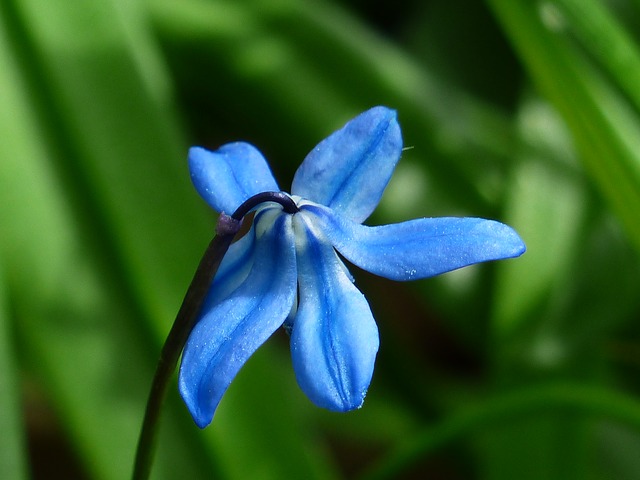Do plants have hearing?
For decades we have encountered the view of enthusiasts and pseudoscientists that music helps plants grow. Surprisingly, new findings confirm that some species may be able to detect sounds such as babbling water and insects.
Monica Gagliano, an evolutionary biologist based at an Australian university, and her colleagues recently conducted an experiment in which seeds were placed in inverted Y-shaped containers. One arm of each container was connected to a reservoir of water or a winding plastic tube through which water flowed, while the other arm ended in dry soil. The other ended in dry soil. The roots, no matter how easy their access, no matter how hidden, extended toward the liquid each time. Even if the only way to know was by the sound of the water in the tube,” says Galliano. But the seed was slightly moistened by the water,” says Galliano. Even when the seeds had a choice between water and slightly moistened soil, the roots always went toward the water. According to the researchers, these plants use sound waves to detect water at a certain distance and choose where to put their roots depending on the degree of moisture.
The study, published earlier this year in Oecologia, is not the first to confirm that plants recognize and respond to sound; a 2014 study found that a plant called Arabidopsis thaliana was able to distinguish between crawling caterpillars and vibrations in the air, and after “hearing” the sound of eating pests even showed increased production of toxic substances. Because plant responses are largely invisible, we tend to underestimate them. But now it seems that leaves are very sensitive to individual vibrations.” says Heidi M. Appel, an environmental scientist at the University of Toledo and lead author of the study.
Further evidence that plants can hear sound comes from a phenomenon called “buzzing pollination.”
Michael Schöner, a biologist at the University of Greifswald, Germany, who was not involved in the current study, believes that plants may have sound-sensing organs. \’Sound vibrations may trigger a response in plants through mechanoreceptors, which are hair-like structures that act like membranes,\’ He says.
The study raises the question of whether sound pollution affects plants as much as it does animals. For example, if plants need to warn each other about pests, sound could block information frequencies between plants,” Galliano explains.
